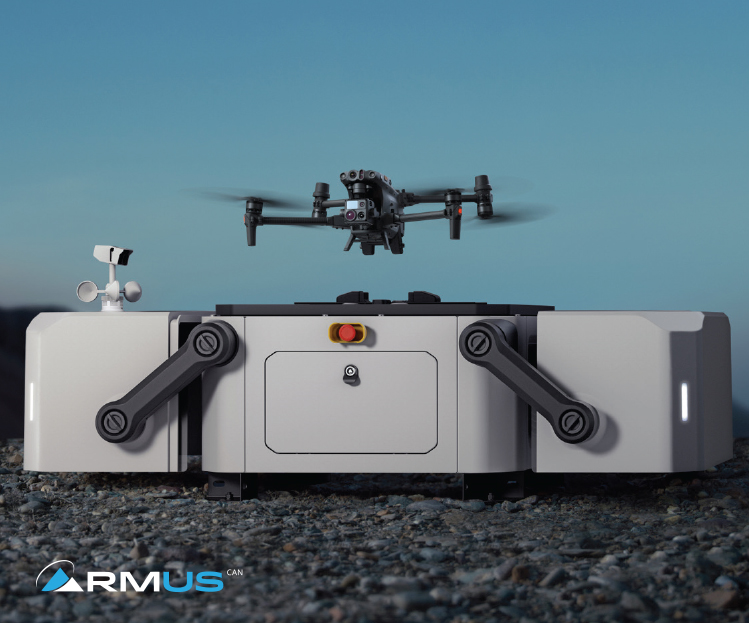
Autonomous drones are revolutionizing the way infrastructure is inspected and maintained. These small unmanned aerial vehicles (UAVs) equipped with advanced sensors and cameras can quickly and safely survey large areas, detect anomalies, and provide high-resolution images and data. From bridges and highways to power lines and pipelines, drones are becoming a popular tool for infrastructure inspection and maintenance. In this article, we will discuss the benefits of autonomous drones for infrastructure inspection and maintenance.
- Improved Safety
One of the biggest benefits of using autonomous drones for infrastructure inspection and maintenance is improved safety. Drones can access hard-to-reach areas, such as high-rise buildings, bridges, and oil rigs, without putting human inspectors at risk. This is especially important in hazardous environments such as nuclear power plants or oil refineries, where human inspection can be dangerous. Using autonomous drones can help reduce accidents and fatalities, making infrastructure inspection and maintenance safer and more efficient.
- Faster and More Accurate Inspections
Autonomous drones based on the drone autonomy can perform inspections faster and more accurately than human inspectors. These drones are equipped with high-resolution cameras and sensors that can capture detailed images and data, allowing inspectors to identify and analyze any issues with infrastructure quickly. This means that inspections can be done in a fraction of the time it would take a human inspector to cover the same area. Drones can also detect and record changes in infrastructure conditions over time, providing valuable data for predictive maintenance.
- Reduced Costs
Using autonomous drones for infrastructure inspection and maintenance can significantly reduce costs. Traditional methods of inspection, such as using scaffolding or cranes, can be time-consuming and expensive. Drones can provide the same level of inspection quality at a fraction of the cost. Additionally, using drones can reduce the need for manual labor, lowering the costs associated with human resources.
- Increased Efficiency
Autonomous drones can cover large areas of infrastructure quickly, increasing the efficiency of inspections and maintenance. Drones can also be programmed to fly specific routes or patterns, ensuring that no areas are missed during inspections. With their ability to capture high-resolution images and data, drones can help maintenance teams prioritize repairs, enabling them to work more efficiently.
- Improved Data Analysis
The data collected by autonomous drones can be analyzed using advanced algorithms and machine learning tools. This can help identify patterns or anomalies that may not be visible to the human eye, enabling maintenance teams to detect potential issues before they become critical. The data collected by drones can also be used to create 3D models of infrastructure, allowing inspectors to visualize the structure and identify areas that may require repairs.
- Flexibility
Autonomous drones can be used for a variety of infrastructure inspection and maintenance tasks. They can inspect bridges, roads, and buildings, as well as power lines, pipelines, and offshore structures. Drones can also be used for environmental monitoring, such as detecting leaks in pipelines or assessing the health of vegetation around infrastructure.
Conclusion
In conclusion, autonomous drones are a valuable tool for infrastructure inspection and maintenance. They offer improved safety, faster and more accurate inspections, reduced costs, increased efficiency, improved data analysis, and flexibility. As drone technology continues to advance, we can expect to see drones used in more infrastructure-related applications, improving the way we inspect and maintain our critical infrastructure.